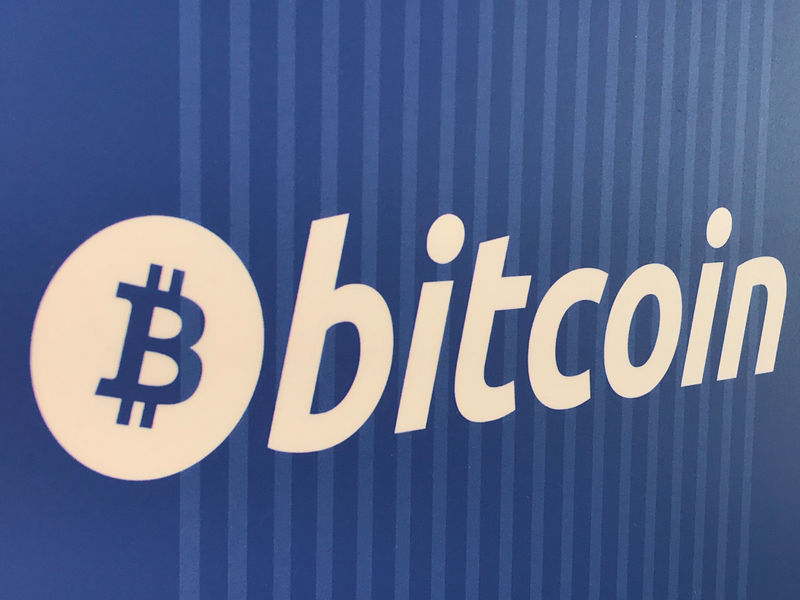Even by the standards of a newspaper industry whose fortunes have plummeted in the digital age, the last few weeks have been especially bleak for American journalism.
Prominent newspapers like The Washington Post are laying off reporters and editors, and on Tuesday, The Los Angeles Times laid off more than 20 percent of its newsroom. Cable news ratings have fallen amid an uncompetitive presidential primary race. Esteemed titles like Sports Illustrated, already a shadow of their former selves, have been destroyed overnight.
As Americans prepare for an election year that will include disinformation wars, AI-generated unrest and a debate over the future of democracy, the mainstream news industry, once the de facto watchdog and enabler of the public discourse, is struggling to stay afloat.
The pain is particularly pronounced at the community level. An average of five local newspapers close every two weeks, according to Northwestern University's Medill School, and more than half of all American counties are now so-called news deserts with limited access to news about their hometowns. Of 1,100 public and affiliated radio stations, only one in five produces local journalism.
“At a time when the United States arguably needs stronger news coverage than ever, it is deeply disturbing to see economic forces marshalling so powerfully against traditional news sources,” said Andrew Heyward, a former president of CBS News who works with a group of MIT researchers who study the future of news and information.
“It's not just disturbing,” he added. “It is dangerous.”
The decline has lasted for years, but a painful confluence of challenges has resulted in the current carnage.
Americans are suffering from information fatigue, inundated with big stories like the upcoming elections and the wars in the Middle East and Ukraine. Those following the news have increasingly turned to social media and anti-establishment sites that exist outside of legacy organizations.
Companies are spending more of their advertising budgets reaching users of big tech platforms like Instagram and Google, which in turn have become less reliable at directing readers to traditional news sources. Twitter, now X, loses users and relevance after its chaotic acquisition by Elon Musk, while Google and Meta laid off key news employees and the head of Instagram's Threads app said it would not focus on news.
Problems at the corporate level have also taken their toll.
The rise of streaming and the decline in moviegoing has led to belt-tightening at the parent companies of many media outlets. Disney, which owns ABC News, cut thousands of jobs last year. With NBCUniversal losing viewers from its once-formidable cable television division, NBC News laid off several dozen employees this month. CNN, owned by debt-ridden Warner Bros. Discovery, went through a round of layoffs. Paramount, which owns CBS News, is also planning big cuts, according to a person with knowledge of the discussions.
The New York Times, The New Yorker, and The Boston Globe have all had success attracting digital subscribers, and there are some green shoots among niche subscription-based startups that focus largely on a single industry, such as The Information for technology and The Ankle. for Hollywood.
Still, the avalanche of painful headlines is an ominous sign for the broader newspaper industry's efforts to forge sustainable business models.
The Washington Post and Los Angeles Times seemed poised to make a comeback after each paper was bought by a tech-savvy billionaire, the kind of financial benefactor the industry hoped could offer a lifeline as printing revenues declined. Hiring and Pulitzer Prizes followed at both newspapers.
But both lost tens of millions of dollars last year. This month, Kevin Merida, the highly respected editor of the Los Angeles Times, resigned after clashing with the newspaper's owner, Dr. Patrick Soon-Shiong. Then came the widespread layoffs.
“If you're interested in journalism — local news, national news, international news — all the warning lights should be flashing red,” said Mary Louise Kelly, host of NPR's “All Things Considered.” wrote in X after word of those layoffs spread.
The Post is cutting costs under its billionaire owner, Amazon founder Jeff Bezos. The newspaper gained popularity during the Trump administration but failed to capitalize on subscriber growth. Shortly before the new year, The Post announced that 240 employees had accepted buyouts.
The Baltimore Sun, Maryland's largest newspaper, also faces an uncertain future. It was sold this month to David D. Smith, a businessman who runs the conservative Sinclair Broadcast Group. Many Sun reporters are concerned that Smith will impose his political interests on a newspaper that he recently admitted he had barely read in the past 40 years.
The magazine world has not been immune. Last week, Sports Illustrated, once a titan of sports journalism whose cover was a coveted award for the world's best athletes, said it was laying off much of its staff and that its future is in doubt as its owners consider grant a property license to new investors. Days earlier, Condé Nast folded Pitchfork, once a kingmaker among music brains, into GQ magazine and laid off employees, including the editor-in-chief.
On Tuesday, unionized Condé Nast workers staged a strike and protest at its World Trade Center headquarters. Time magazine, owned by billionaire Marc Benioff, founder of Salesforce, also began laying off employees this week.
The recent bad news is, in some ways, a continuation of last year's. In 2023, Business Insider, The Los Angeles Times and NPR all cut at least 10 percent of their staff; BuzzFeed's news division was closed; News Corp laid off 1,250 people; National Geographic fired the rest of the editors; Vox Media went through two rounds of layoffs; Vice Media filed for bankruptcy; Popular Science closed its online magazine; and ESPN, Condé Nast and Yahoo News cut jobs.
“A new reality has settled among legacy media, both the billionaire-owned print stalwarts and some of the high-profile national digital players that gained such attention a decade ago,” said Ken Doctor, entrepreneur and media analyst.
Now, the news industry is looking toward new obstacles posed by artificial intelligence technology. Some outlets have expressed concern that artificial intelligence algorithms, which generate improvised answers to readers' questions, could replace online news sites as go-to sources for current events.
The New York Times has sued OpenAI and Microsoft for copyright infringement, arguing that millions of articles published by The Times were used to train automated chatbots that now compete as information providers. Some publishers, such as Axel Springer, have struck deals with OpenAI for annual payments in exchange for use of their digital files.
If there is a bright spot, it might be the local television news.
Although local television news stations are enduring their own problems — heavier workloads for reporters even as salaries have stagnated — many remain in better shape than local newspapers, said Heyward, the former president of CBS News. who now works as a consultant for several local media outlets.
“Local television news has a lot to offer,” he said. “Virtually every market of any size has three to four competing newsrooms, which is in stark contrast to the local newspaper, where a market is lucky to have one. And if they do, it's usually a shadow of its former self.”
A 2022 Gallup and Knight Foundation poll found that Americans trusted local news sources much more than national media outlets. And only 19 percent of Americans described their trust in journalists as “high” or “very high” in a Gallup poll released this week, a nine-point decline from four years ago.
“You can't demonize them as fake news,” Heyward said of local media. “If there is a broken traffic light at Elm and Maple, people know it and there are no alternative facts. “Americans have trouble finding common ground, but in the local market, they do.”










